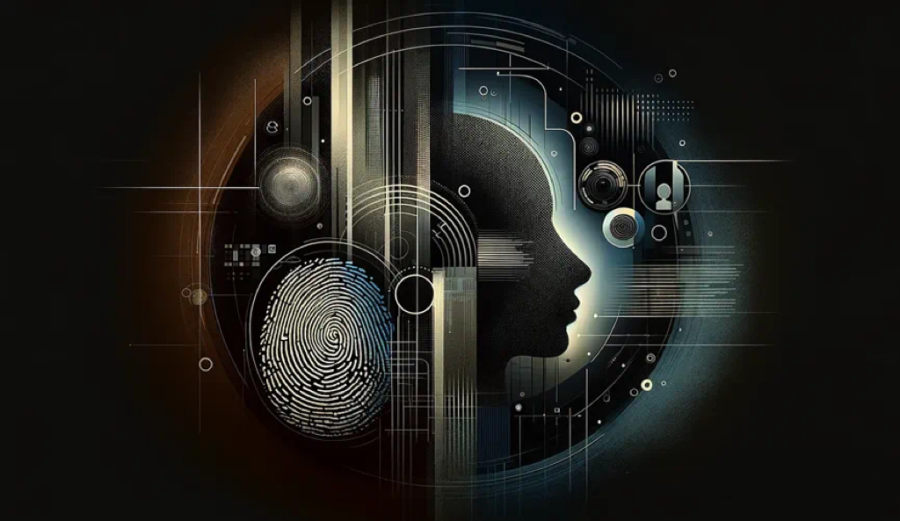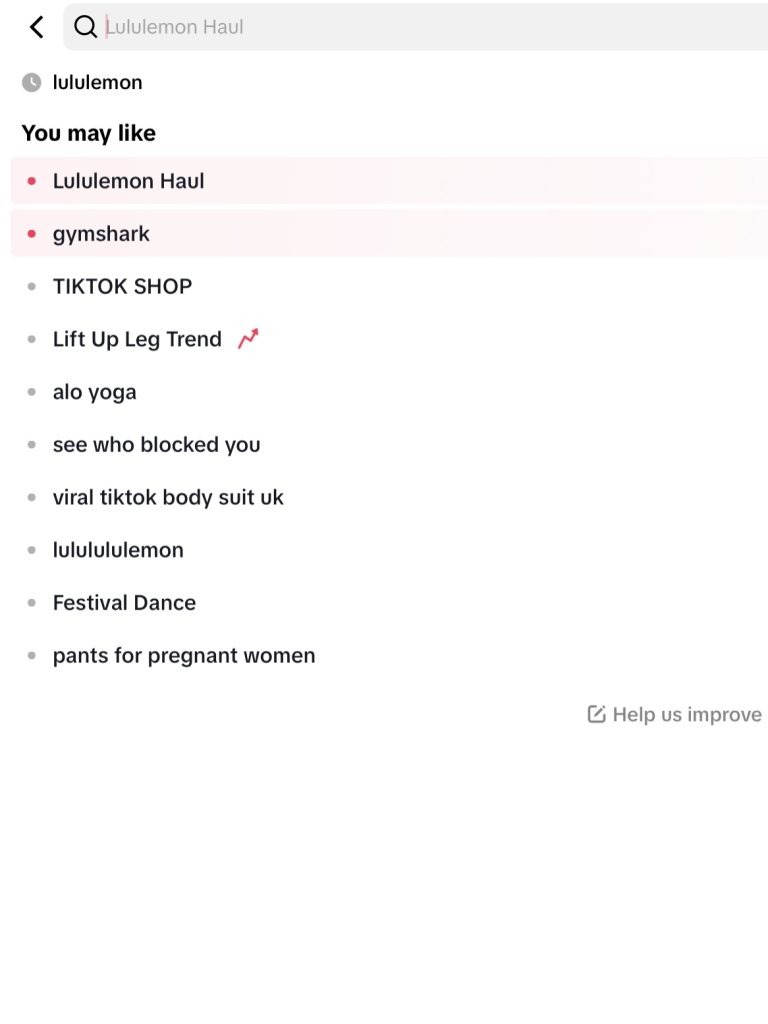With the popularization and rapid development of the Internet and digital technology, more and more people are moving their life areas such as social activities, career development, entertainment and leisure online, forming a new lifestyle of “digital world”. In this virtual environment, we also build our own digital identity, but also shape, display and maintain it. This identity is not just a simple account, user name or avatar, but also an important way of how we present ourselves, express ourselves, interact with others and gain recognition online. So how exactly do we construct our identity in a digital world? How does this identity affect our real lives? This blog will discuss the connotation, challenges and future of digital identity construction.
Elements of digital identity
In the digital world, identity can be said to consist of multiple dimensions, often including the following key elements:
1.Personalized information display
Social media and personal websites provide users with a platform where they can show their personality and enable users to express themselves. By choosing avatars, writing profiles, Posting content, and even picking and using favorite hashtags and topics, we gradually show our personality.Research shows that personalized content presentation on social media helps express individuality and is one of the primary means of digital identity construction’╝łValkenburg, P. M. and Peter, J., 2013).
2.Attention and interaction
Identities in the digital world are often not isolated, but formed and reinforced in interactions with others.Our digital actions, such as likes, follows, and comments, help shape our identity online (Ellison, N. B., Steinfield, C. and Lampe, C. (2007).These interactions reflect our interests and values while influencing how others perceive us.
3.Flexible construction of avatars and multiple identities
In different online environments, people often present different sides, or even completely different identities. For example, a person may be serious and professional on LinkedIn, while showing a casual and life side on Instagram.This ability to construct multiple identities reflects the diversity of digital spaces and allows for adapting to different social settings (Turkle, S.,1995).
4.Data and behavioral trajectories
Every click, like, shopping preference, search history forms part of our digital identity, whether we intend it or not.This data represents a trace of our behavior, used by algorithms to analyze and recommend content, impacting the way we receive information and shaping our online identity (Boyd, D., and Crawford, K.,2012). This ŌĆ£algorithmicŌĆØ identity construction makes us unknowingly shaped by data and exposes us to the ŌĆ£filter bubbleŌĆØ (Pariser, E., 2011).
The relationship between the construction of digital identity and reality
The construction of digital identities to some extent reflects our identity in the real world, but also produces feedback in real life:
As a person gains acceptance and follow-through from others in the online world, he may gradually internalize this digital identity as part of reality.Research indicates that positive interactions online can enhance usersŌĆÖ self-confidence and self-perception (Suler, J., 2004).However, the sense of identity brought about by digital interaction is often based on feedback from others, so people can become overly dependent on external evaluation, and even lose themselves. For example, “likes” on social media bring emotional satisfaction and further reinforce our self-concept.
In addition, the anonymity and freedom of the digital space allows users to experiment with different identities and roles.This provides an opportunity for self-exploration, where individuals can try out different roles and practices they may not pursue in real life (Turkle, S. ,1997). This kind of exploration not only enriches self-knowledge, but also may bring inspiration for self-growth in real life.
However, as digital identities become more influential in real life, our interactions, achievements, and social interactions in the virtual world are becoming more integrated into real life.This blurring raises issues of identity integration, with some researchers warning that overreliance on digital validation may destabilize real-life self-identity (Livingstone, S., 2008).

Challenges and reflections on the construction of digital identity
While digital identity provides us with a wealth of ways to express ourselves, it also presents some new challenges:
1.The balance between privacy and authenticity
The construction of digital identity often relies on anonymity, which gives people the freedom of expression, but also brings the challenge of identity authenticity.Deceptive practices and fabricated identities diminish trust in digital spaces and pose social risks (Donath, 1999). Therefore, in the process of building our digital identity, how to maintain authenticity as much as possible under the premise of protecting privacy is a question that needs to be considered.
2.Social stress and status play
In the digital world, a user’s identity is often influenced by the interactions and feedback of others. The number of likes, comments, and followers becomes a “quantitative indicator” of identity, which also creates social pressure.People may exhibit content that aligns with trends to gain more validation, even if it disregards their true interests (Goffman, 1959).This social pressure can lead people into a vortex of status acting and gradually losing their authentic self-expression.
3.Information cocoon and single perspective
Big data and recommendation algorithms push personalized content based on the user’s historical behavior trajectory, so that users are fixed in certain interests and opinions, and in the long run, it will form an information cocoon, limiting people to a fixed area of interest.The filter bubble phenomenon limits individual diversity and may make online identity appear increasingly homogeneous (Pariser, 2011).
Building the digital identity of the future
With the development of metaverse, virtual reality and other technologies, the digital identity of the future will be more diverse and immersive. Technologies such as avatars and augmented reality will enable digital identities to take on more forms. Maybe in the future we can have a three-dimensional, interactive avatar in the virtual world and express ourselves in more ways.Researchers suggest that digital identity in virtual worlds will not only enhance interaction experiences but may also further blur the boundary between real and virtual identities (Dionisio, Burns, & Gilbert, 2013).We need greater self-awareness and digital literacy, critical thinking and awareness of the multifaceted and potentially risky nature of digital identity. In the process of building a digital identity, we can both demonstrate diversity and maintain our authenticity. In this evolving digital world, the construction of identity is no longer just about what we have, but the process of how we are known and understood by others. Building a healthy, authentic digital identity is not just about being recognized in the virtual world, it’s about finding our true selves at the intersection of digital and reality.
References
Boyd, D. and Crawford, K. (2012). Critical questions for big data. Information, Communication & Society, 15(5), 662-679.
Donath, J. (1999). Identity and deception in the virtual community. In Communities in cyberspace, 29-59. Routledge.
Dionisio, J. D. N., Burns III, W. G. and Gilbert, R. (2013). 3D virtual worlds and the metaverse: Current status and future possibilities. ACM Computing Surveys (CSUR), 45(3), 1-38.
Ellison, N. B., Steinfield, C.and Lampe, C. (2007). The benefits of Facebook ŌĆ£friends:ŌĆØ Social capital and college studentsŌĆÖ use of online social network sites. Journal of Computer-Mediated Communication, 12(4), 1143-1168.
Goffman, E. (1959). The presentation of self in everyday life. Garden City, NY: Doubleday Anchor Books.
Livingstone, S. (2008). Taking risky opportunities in youthful content creation: TeenagersŌĆÖ use of social networking sites for intimacy, privacy, and self-expression. New Media & Society, 10(3), 393-411.
Pariser, E. (2011). The Filter Bubble: What the Internet Is Hiding from You. Penguin.
Suler, J. (2004). The online disinhibition effect. CyberPsychology & Behavior, 7(3), 321-326.
Turkle, S. (1995). Life on the Screen: Identity in the Age of the Internet. New York: Simon and Schuster.
Turkle, S. (1997). Identity in the Age of the Internet. MIT Press.
Valkenburg, P. M.and Peter, J. (2013). The differential susceptibility to media effects model. Journal of Communication, 63(2), 221-243.





You give a great study on digital identity. Your inclusion and explanation of the multi-dimensional aspect of identity I think is a crucial part of the understanding of how and what part of ourselves is presented online. It will be interesting to see how our digital identities evolve with technology advancements. You mention the emotional satisfaction achieved from likes and online validation ŌĆō looking into the potential psychological effects of this, such as anxiety, comparison, or burnout, I think could enrich your discussion. You also bring up valid points by introducing the challenges/reflections of digital identity, such as balancing privacy or managing social pressure. I think it would be interesting to research strategies for navigating these challenges. Overall, your insights provide a strong groundwork for understanding digital identity.